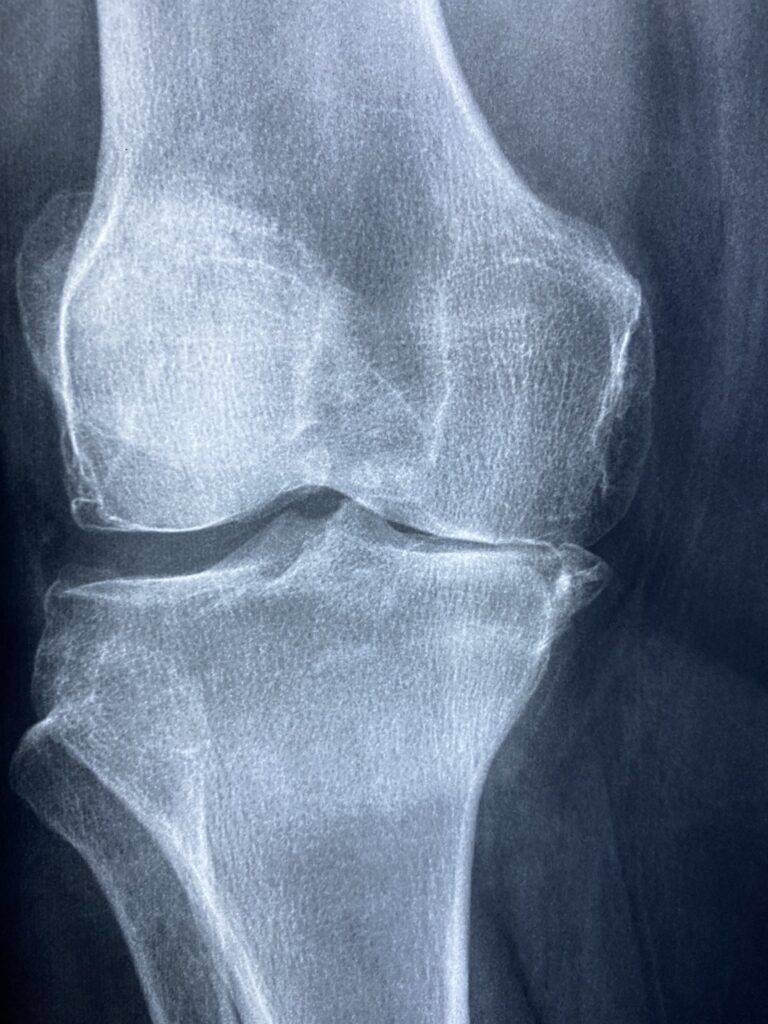Vaginal cancer is a rare type of cancer that begins in the cells of the vagina, the muscular tube that connects the uterus to the outer genitals. It most commonly affects the cells lining the surface of the vagina.
2. Types of Vaginal Cancer:
- Squamous Cell Carcinoma: This type of vaginal cancer develops in the thin, flat cells lining the surface of the vagina.
- Adenocarcinoma: Adenocarcinoma of the vagina begins in the glandular cells of the vaginal lining.
- Sarcoma: Sarcomas are rare types of vaginal cancer that develop in the connective tissues or muscle cells of the vagina.
3. Symptoms of Vaginal Cancer:
- Abnormal Vaginal Bleeding: Unusual vaginal bleeding, such as bleeding after menopause or bleeding between periods, may occur.
- Vaginal Discharge: Persistent vaginal discharge that may be watery, bloody, or have a foul odor.
- Pelvic Pain: Pain or discomfort in the pelvic area, especially during sexual intercourse.
- Painful Urination: Pain or burning sensation during urination may occur in some cases.
- Painful Intercourse: Pain or discomfort during sexual intercourse, known as dyspareunia, may be a symptom of advanced vaginal cancer.
4. Causes and Risk Factors:
- Human Papillomavirus (HPV) Infection: Infection with certain strains of HPV, particularly HPV types 16 and 18, is a significant risk factor for vaginal cancer.
- Smoking: Tobacco use increases the risk of developing vaginal cancer.
- Age: Vaginal cancer most commonly occurs in women over the age of 60.
- History of Cervical Cancer: Women who have had cervical cancer or precancerous changes in the cervix may have an increased risk of vaginal cancer.
- Diethylstilbestrol (DES) Exposure: Women who were exposed to DES in utero have a higher risk of developing vaginal cancer later in life.
5. Diagnosis of Vaginal Cancer:
- Pelvic Examination: A pelvic examination allows the healthcare provider to visually inspect the vagina and cervix for any abnormalities.
- Pap Test (Pap Smear): A Pap test may be performed to collect cells from the cervix and upper vagina for examination under a microscope.
- Biopsy: A biopsy involves removing a small sample of tissue from the suspicious area in the vagina for laboratory analysis to confirm the presence of cancer cells.
- Imaging Tests: Imaging tests such as ultrasound, MRI, or CT scan may be performed to determine the extent of the cancer and whether it has spread to nearby tissues or organs.
6. Pharmacokinetics (PK) and Pharmacodynamics (PD) of Vaginal Cancer Treatment:
- Surgery: Surgery is often the primary treatment for vaginal cancer and may involve removing the cancerous tissue (lumpectomy) or the entire vagina (vaginectomy).
- Radiation Therapy: Radiation therapy uses high-energy beams to target and destroy cancer cells in the vagina. It may be used alone or in combination with surgery.
- Chemotherapy: Chemotherapy involves the use of drugs to kill cancer cells or stop them from growing. It may be given before surgery to shrink the tumor, after surgery to kill any remaining cancer cells, or in advanced cases to relieve symptoms.
7. Pathophysiology of Vaginal Cancer:
- Vaginal cancer develops when abnormal cells in the vagina begin to grow uncontrollably, forming a tumor.
- These abnormal cells may be triggered by genetic mutations or exposure to risk factors such as HPV infection or tobacco use.
- As the cancer grows, it may invade nearby tissues and organs, leading to symptoms such as abnormal vaginal bleeding, discharge, and pelvic pain.
8. Non-Pharmacological Treatment and Prevention:
- HPV Vaccination: Vaccination against HPV can help prevent infection with the virus and reduce the risk of developing HPV-related cancers, including vaginal cancer.
- Smoking Cessation: Quitting smoking can reduce the risk of developing vaginal cancer and improve overall health.
- Regular Screening: Regular pelvic examinations and Pap tests can help detect vaginal cancer in its early stages when it is most treatable.
9. Conclusion: Vaginal cancer is a rare but serious condition that requires prompt diagnosis and treatment. Symptoms may include abnormal vaginal bleeding, discharge, pelvic pain, and painful intercourse. Risk factors for vaginal cancer include HPV infection, smoking, age, and exposure to DES. Treatment options may include surgery, radiation therapy, and chemotherapy, depending on the stage and location of the cancer. Prevention strategies include HPV vaccination, smoking cessation, and regular screening. If you experience any symptoms of vaginal cancer or have concerns about your risk factors, consult a healthcare professional for evaluation and guidance.




